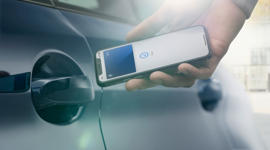Imagine what it would be like to drive a new car every year. Besides avoiding the butt imprint in the driver seat and being able to bask in the new car smell all the time, the most significant benefit would be getting access to all the latest and greatest features.
From Lexus to Chevy, car technology is getting more advanced and you don’t even need to purchase high-end models to get your hands on the best features. Although we haven’t hit the era of flying cars or completely driverless taxis, automakers have implemented many cool features to help make the driving experience cozier, simpler, and more futuristic.
The following list is here to help anyone interested in learning more about cool car features they don’t need but will surely want to get their hands on.
Self Opening and Closing Trunk
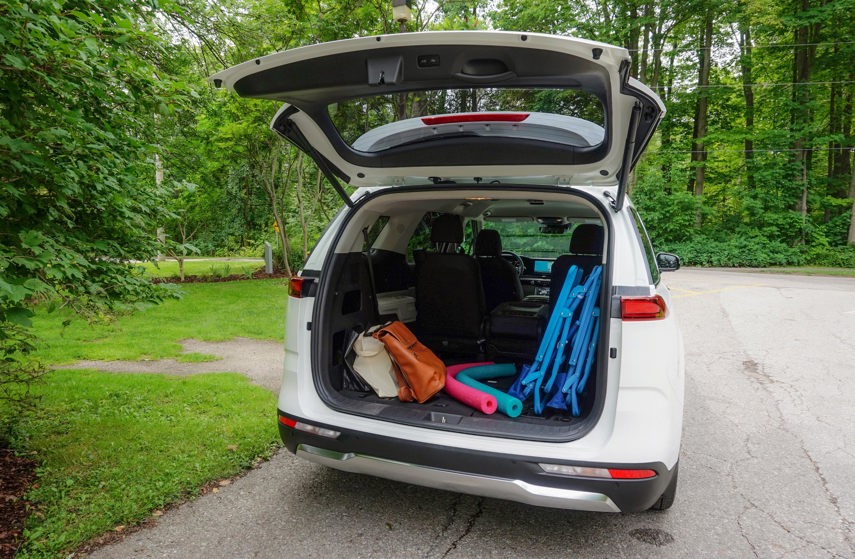
An automatic trunk is a handy feature for anyone who has ever gone to the grocery store for one thing and ended up with four full bags and no hands to open the trunk. An automatic closing and opening trunk enables the driver to access the trunk without having to reach for the keys, hit a button on the trunk, or use a lever.
With a key in your pocket or bag, some vehicles with this feature require you to activate a motion sensor under the bumper with your foot, while others can simply sense you’re standing behind the trunk and will pop it open after a few seconds. This makes things much easier when your arms are full or if you’re carrying something delicate, so you don’t have to drop your cargo to open the trunk or fumble for keys. Once your cargo is loaded, you simply press a button and the trunk will close for you.
This isn’t far-out tech either. Many minivans and SUVs already offer this feature.
Driver Drowsiness Monitoring
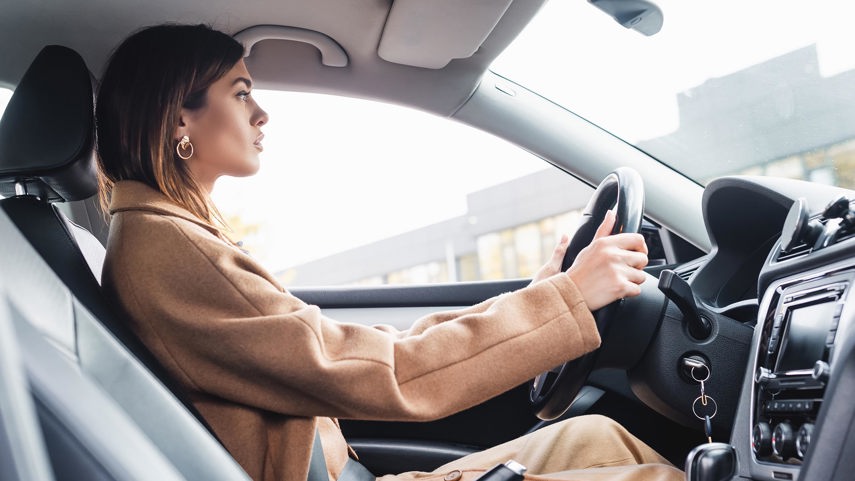
If you’ve ever gone on a road trip, you know how taxing a long drive can be on the body and mind. Drowsy driving can be extremely dangerous, but nobody ever thinks they’re too tired to drive.
A system that monitors drowsiness will keep tabs on a driver’s steering patterns and corrections, lane position, and some even monitor a driver’s eyes and face to detect driver fatigue, which is a leading cause of serious collisions. If the system detects unusual behaviour that indicates a drowsy driver, it will alert them and suggest they take a break.
This may be a feature you won’t need very often, but you’ll be thankful it’s there. If anything, this technology is a little like having an artificially intelligent car like Kitt from the TV show Knight Rider – it’s always there in the background looking out for your safety, even when you forget to.
Desk-Like Surface
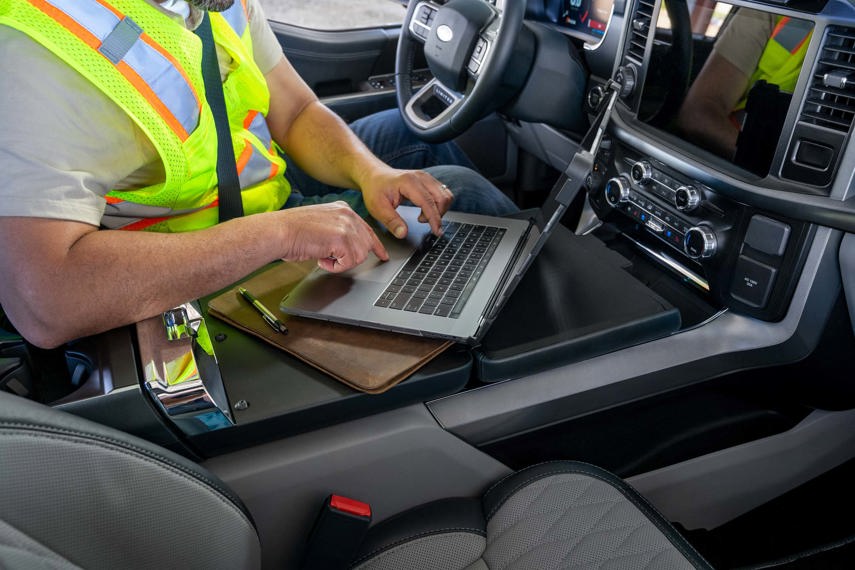
With the pandemic still impacting our regular lives, it might be hard to keep things fresh at work while you’re stuck at home staring at the same four walls. Fold-out workstations could be a great solution, turning your vehicle into a mobile office. This feature is already built into the Ford F-150. To make room for the workspace, the shifter can be stowed so it’s flat and the centre console can be folded out into a small table.
Although it’s not a standard size table by any means, it’s enough space to fit a laptop, paperwork, or even your lunch. For anyone who regularly eats their meals in their vehicle or finds themselves working from the driver’s seat often, this feature could be a gamechanger.
Built-in Umbrella
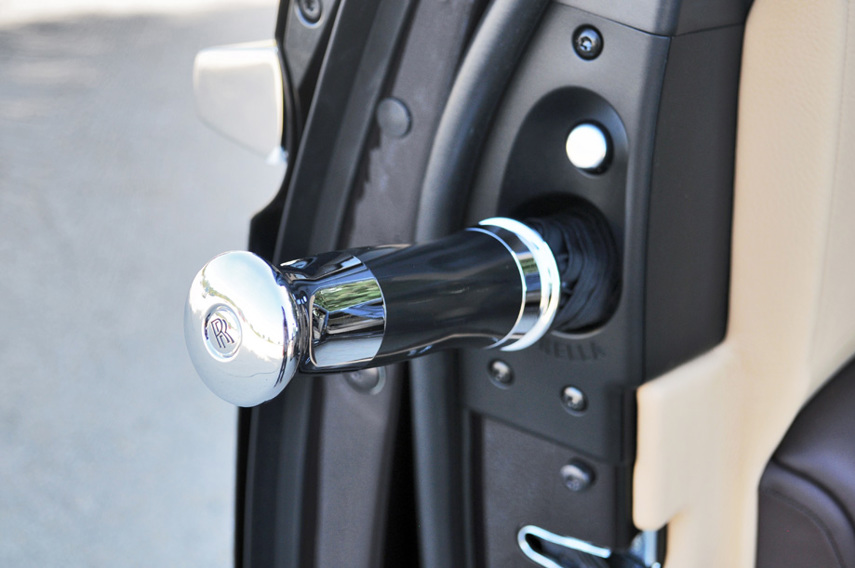
As it’s impossible to accurately predict the weather, it’s better to be over-prepared. The one day you’re not prepared for a rainstorm is the day you’ll find yourself either waiting it out in the car for the rain to die down or getting drenched as you run inside.
If you happen to own a Rolls-Royce, then you have a secret umbrella stored in the driver’s side door. With a push of a button, a full-size umbrella pops out, ready to keep you dry and dignified.
Sure, you can fit an umbrella in almost every car trunk, but that also means it’s flying around as you drive and that you’ll still have to go outside in the rain to retrieve said umbrella.
Hopefully, other manufacturers that make cars more affordable than Rolls-Royces will figure out a more convenient place in the car to store an umbrella.
Head-Up Display
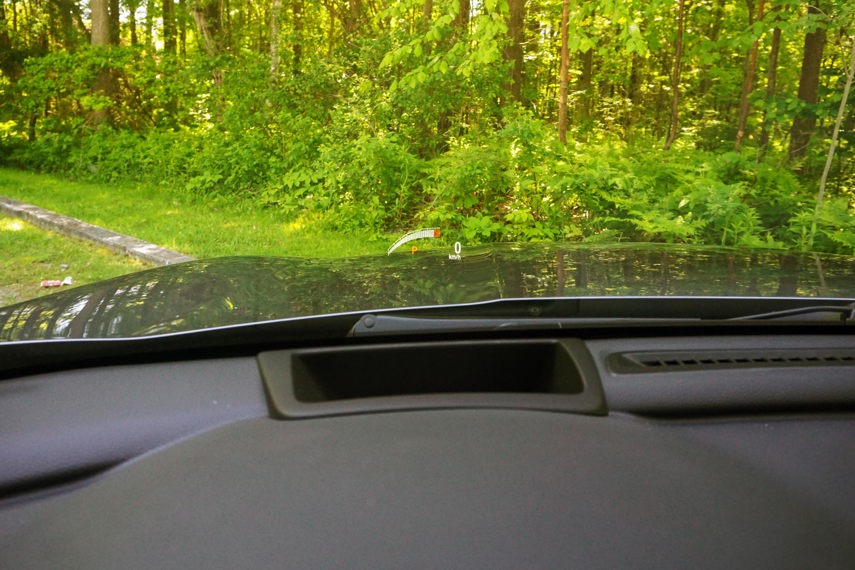
Head-up display (HUD) technology has been around for a few years now, but it hasn’t been implemented in all new cars just yet. An HUD is designed to show the driver pertinent information when driving via a high-resolution projection onto the road ahead. This lets the driver access important information without taking their eyes off the road, which helps curb distracted driving.
Some HUDs show speed and navigation directions, while others show traffic sign information and can even tell you if there’s someone in your blind spot or if you’re speeding. In terms of safety and convenience, the HUD is a great step forward and they’re already becoming quite commonplace in mainstream vehicles.
Rear Cross-Traffic Alert and Junction Assist
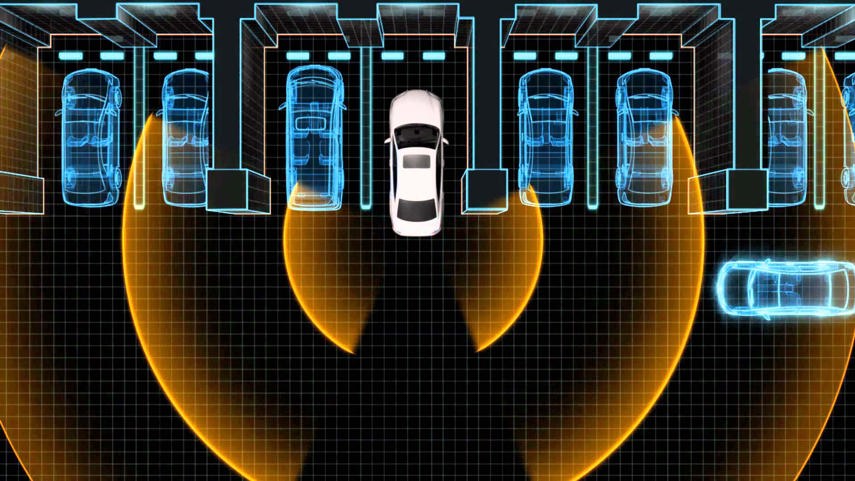
Blind-spot monitoring is now commonplace, but rear cross-traffic alert and junction assist really take collision avoidance to the next level. If you’ve ever faced a situation where you’re backing up your car and another car seems to come out of nowhere, this will be a useful feature for you.
Using a variety of sensors, a rear cross-traffic alert system will warn a driver if there’s another vehicle or pedestrian incoming that you might not be able to see while you’re backing up. Some systems will even automatically apply the brakes if the driver doesn’t react quickly enough.
Although some vehicles now offer parking assistants that can automate the trickiest parts of entering and exiting parallel and perpendicular parking spots, a rear cross-traffic alert system would be great for those of us not quite ready for self-parking technology.
A junction assist system helps if you’re at an intersection turning left but your view is blocked by another motorist turning left opposite from you. Using cameras and sensors to “look” around the other vehicle turning left, these systems can provide extra peace of mind that you won’t be T-boned while making a blind turn by warning you if there’s incoming traffic you can’t see.
Rear-Seat Reminder Systems
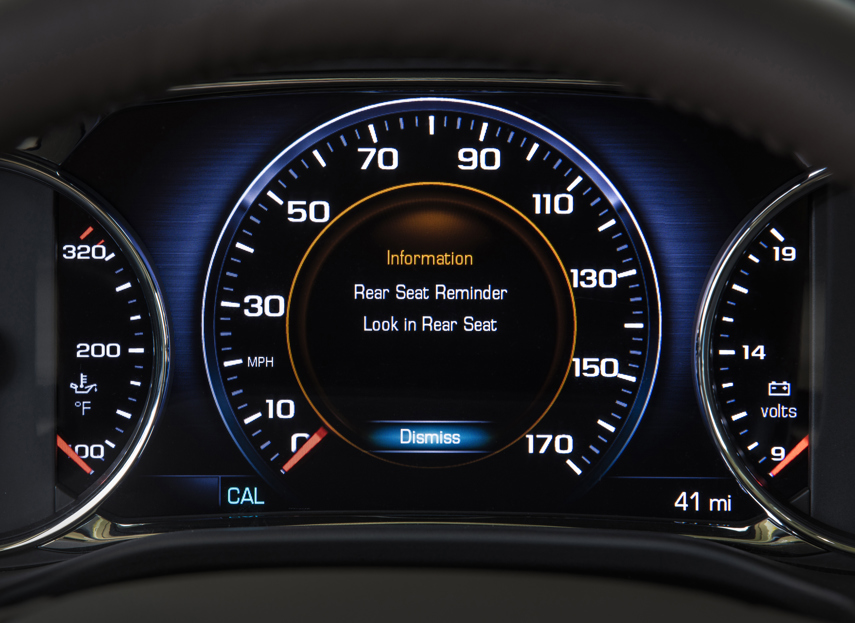
If you’ve ever left groceries or takeout in your back seat, you know the pain of losing a perfectly good meal or that sour milk smell that never really goes away. Also, this clever system can be potentially lifesaving by adding an extra level of protection against mistakenly leaving a pet or child in the car on a hot day.
The system works by detecting if a rear door was opened before a trip starts. If it was, the driver will hear a chime and see a message on the dashboard reminding them to check rear seats the next time the engine is turned off. Some of these systems even use a weight or seatbelt sensor to detect occupants, while the system from luxury automaker Genesis uses ultrasonic sensors to detect rear seat occupants. The automaker claims its system can even detect a sleeping baby.
Automatic Windshield Wipers
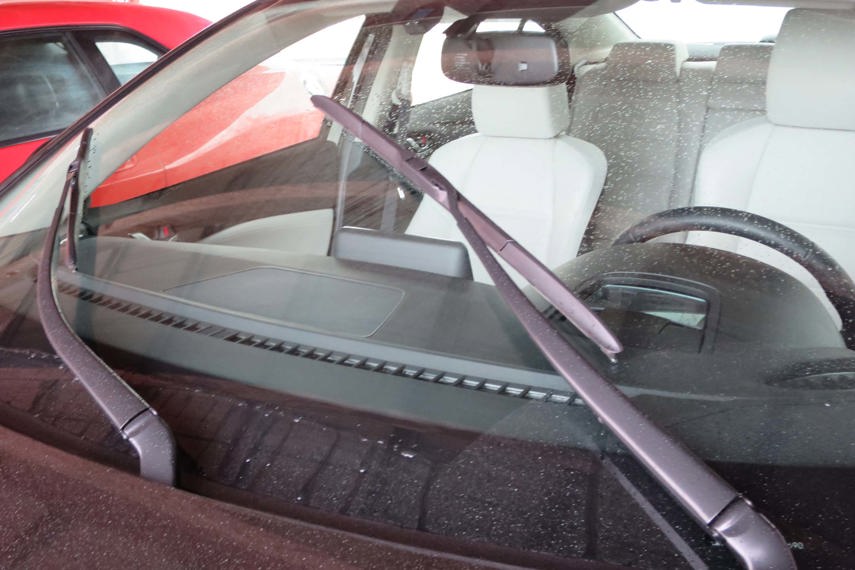
Humans have built trains that can go over 500 km/h, have flown to outer space, and can even mine asteroids, yet we still haven’t figured out the perfect solution for seeing the road while driving in the rain.
It’s been more than 110 years since windshield wipers were invented, yet many cars still have a rudimentary system that requires manual intervention and constant fiddling.
Automatic wipers work by using infrared sensors to detect if the windshield is dry or wet. Software is then used to set the speed of the wipers based on how fast the moisture builds up between the wipes.
Although we have been daydreaming about hover cars, having windshield wipers that work with no fiddling seems like a great step in the right direction.
Phone as a Key
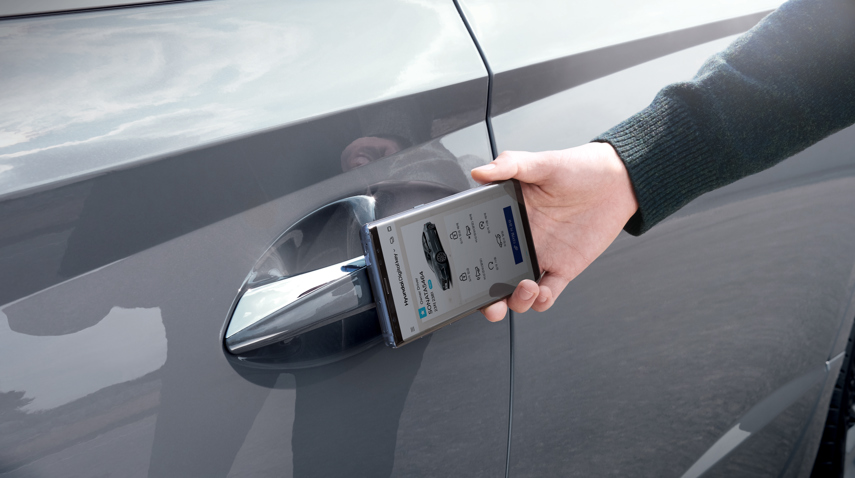
Smartphones have become a vital part of our daily lives. Besides using them to communicate and instantly search up any fact on the go, we can also use them to pay for purchases and safely store important information like passwords and work documents. For drivers, we’ve also come to rely on our phones for navigation.
A few car companies offer smartphone apps that allow drivers to pair their vehicle with their phone, enabling new functionality like helping remember where you parked, checking electric vehicle range, seeing how much gas you have left, setting temperature controls, and even checking if your windows are open or if your doors are locked.
One simple and powerful feature that isn’t widespread yet is the ability to use a smartphone as a vehicle door key. This works by using near-field communication (NFC), similar to how “tap to pay” works. After setting it up and pairing your phone once, all you need to do is bring your phone to the NFC reader on the car door, then the car authenticates the connection and unlocks the door(s).
Considering you probably take your phone everywhere and put some thought into making sure it’s always charged, this feature could be infinitely useful in case we forget our keys or simply want one less thing to carry around.
Side Mirror Puddle Lights
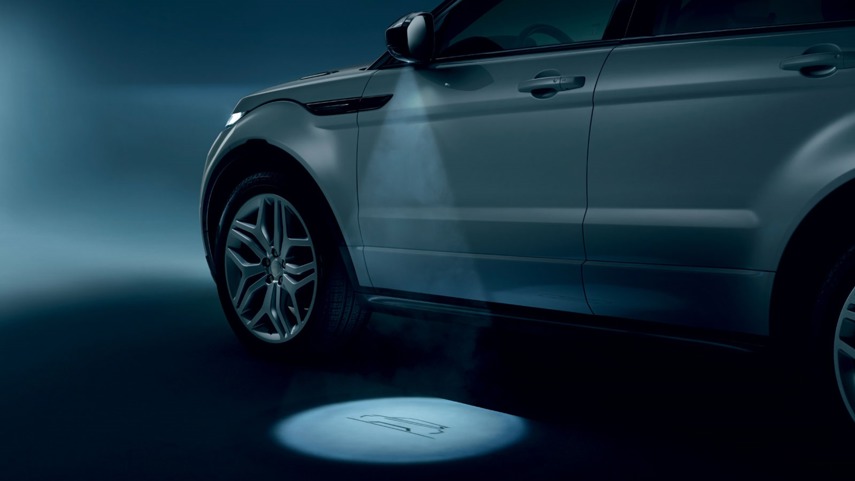
While some people think puddle lights are only for showing off, they’re actually a useful feature that should be included on all Canadian cars.
Side mirror puddle lights are designed to light up the area under the driver and passenger side mirrors. The lights are activated when the car doors are unlocked. The purpose of the light is to prevent the driver and passenger from stepping into a puddle, slipping on ice, or stepping into something worse.
Some automakers just shine a generic light beam, where others project their logos onto the ground. While the cool factor and customizability is certainly exciting, being saved from an embarrassing and painful slip on the ground is priceless.
